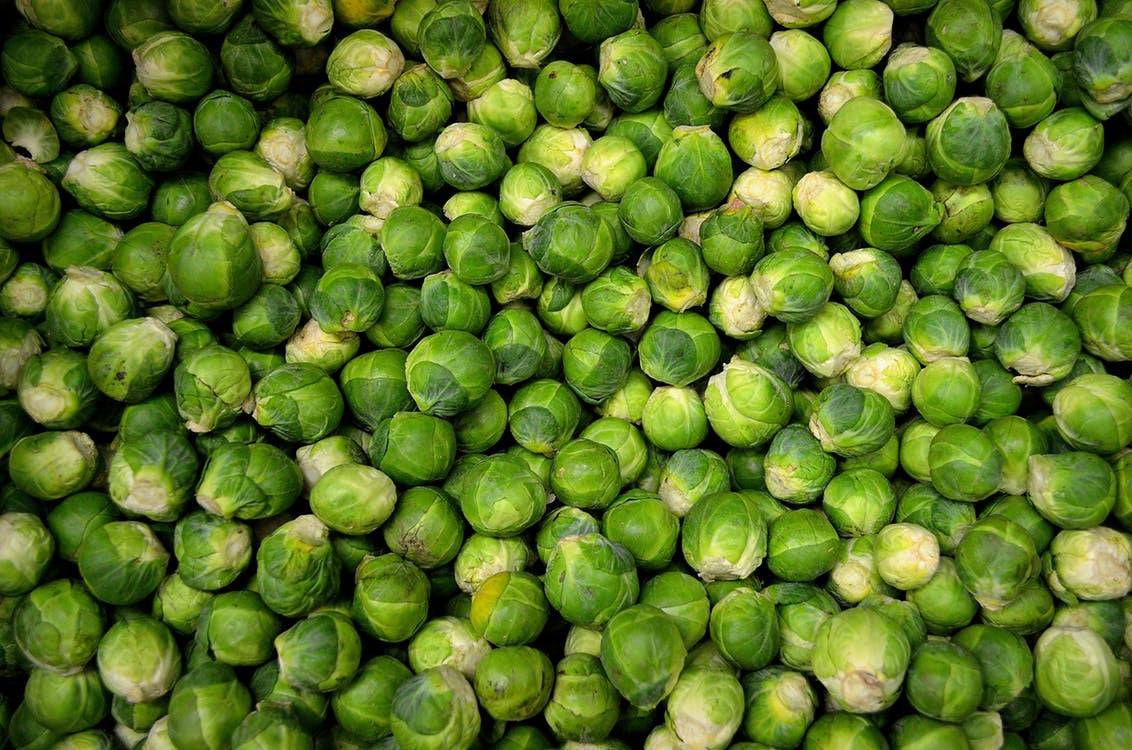Fibro Fix Blog — DIM

DIM: A Nutritionally Bright Idea 0
Perhaps our mothers knew more than they were letting on when they told us to eat our Brussels sprouts. Cruciferous vegetables—which include broccoli, cabbage, cauliflower, and kale—have long been favorites among doctors and nutritionists, and for good reason. Like other non-starchy vegetables, they are high in fiber and have a low glycemic load, meaning they have a minimal effect on blood sugar compared to starchier foods and grains. Cruciferous vegetables are a good source of vitamins and minerals (especially vitamin C, vitamin K and folate), and they contain sulfur, which is critical for supporting the liver during detoxification. Interestingly, this sulfur is also responsible for the unpleasant smell when these vegetables are overcooked.
But there’s something else that makes these foods one of the few categories all the different nutritional philosophies can agree on—including vegetarians, omnivores, low-carb followers, vegans and Paleo dieters. Cruciferous vegetables contain a compound called indole-3-carbinol, which our bodies metabolize upon digestion into diindolylmethane (DIM).
DIM is well-known for supporting healthy hormone levels in both men and women. In women, it favorably influences the ratios of estrogen metabolites while in men, it helps reduce the conversion of testosterone to estrogen, which can happen for a variety of reasons, including when excess body fat exists. (This can happen because our body fat produces an enzyme called aromatase, which can convert testosterone into estrogen.)
Because of the favorable effects DIM has on hormone levels that are associated with certain types of cancer, it has become a popular supplement in complementary and alternative medicine. Promising studies are showing that supplementation with this concentrated natural substance may also be helpful for supporting health when it comes to other issues not usually associated with imbalanced hormones.
When cells become damaged or reach the end of their lives, they are programmed to undergo a natural death, called apoptosis. Think of this like a self-destruct button for cells whose time has come. But sometimes, our cells lose their ability to undergo apoptosis, and instead, they continue to live, grow and reproduce. Supplementation with DIM has been shown to help “remind” damaged cells that they should engage in this self-destruct mode.
Remember the cell cycle from high school biology? In order for cells to reproduce and grow, they pass through a sequence of specific steps. New studies are showing that DIM may help inhibit unhealthy or damaged cells from completing the cell cycle.
While it is difficult to get enough DIM from consuming cruciferous vegetables alone, high-quality, effective DIM supplements are available and should be taken under the guidance of a qualified health care practitioner. However, the host of other benefits that come from foods like broccoli and kale mean that these vegetables should still make regular appearances on your dinner table. If all you remember about these are boiled, soggy, unappetizing foods your parents used to make you eat, think again. Cooked with a little creativity, these foods can make even the pickiest eaters go back for seconds. Here are some very tasty and very popular ways to make eating cruciferous vegetables delicious and enjoyable:
Roasted Broccoli with Garlic and Red Pepper
Balsamic Roasted Brussels Sprouts
Sources
Oncol Rep. 2012 May;27(5):1669-73. doi: 10.3892/or.2012.1662. Epub 2012 Jan 27.
Carcinogenesis. 2013 Aug;34(8):1815-21. doi: 10.1093/carcin/bgt122. Epub 2013 Apr 8.
- David Brady
- Tags: brussels sprouts nutrition DIM wellness and prevention
